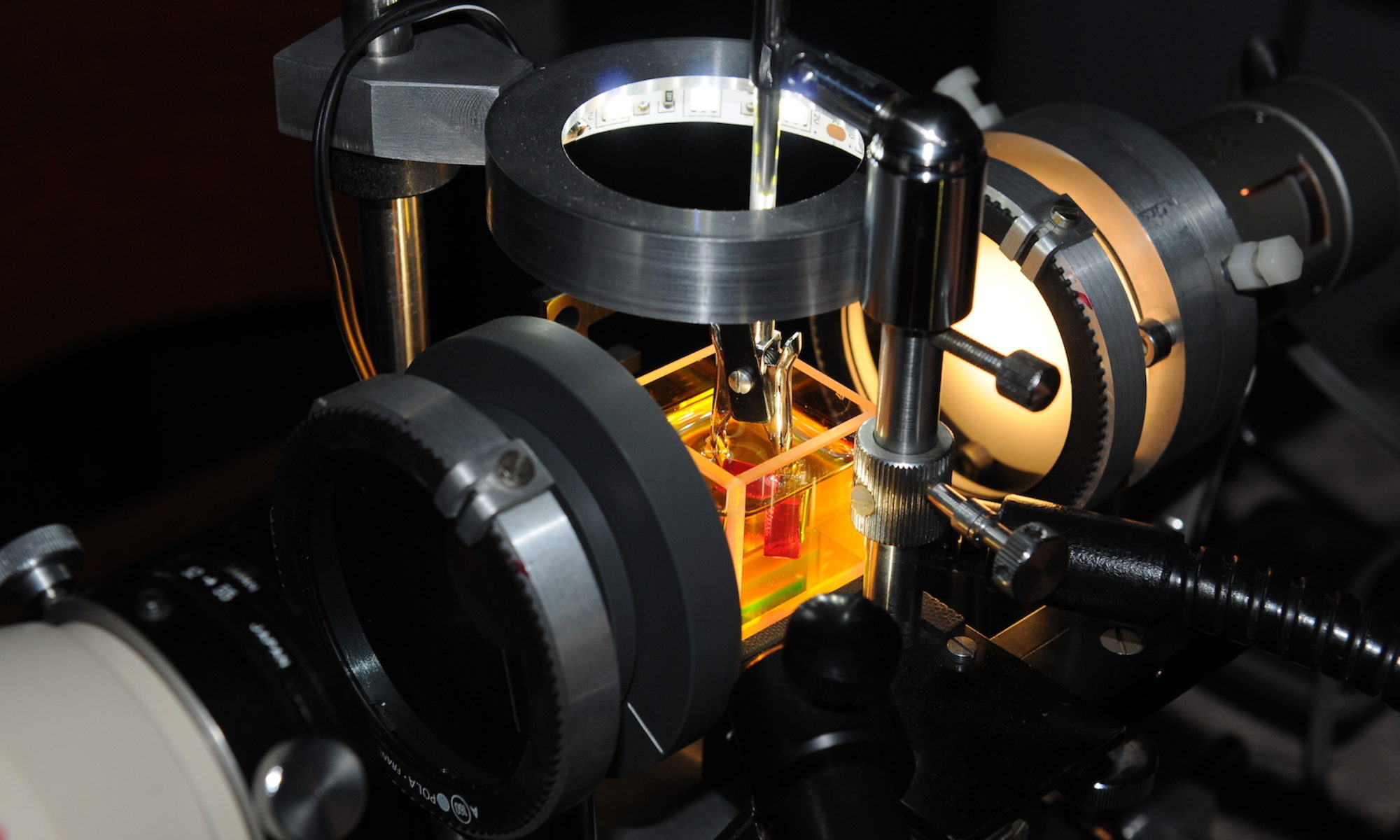To graduate as a gemologist, it is logic to have undergone some practical training and tests to prove the ability to determine natural, synthetic gemstones, imitations and distinguish certain treatments. However it is common for gemologists to have more knowledge about the commercial gemstones like rubies, sapphires, emerald, diamond, opal etc… and less about enstatite, amblygonite vs. montebrasite, leucite, kornerupine, axinite, synthetic periclase and so many more. Working as a gemologist often means appraising or selecting the same gemstones out of a certain group that came from the same location. But what happens if all possible gemstones are to be mixed in jewelry? Honestly speaking, research has shown that when it comes down to falsifications the “sky is the limit”. Here practical knowledge and experience has to be taken a lot further than provided in conventional classes.
 For instance, some types of diamonds or other gemstones have fluorescence, use this phenomena to your benefit. When this is the case, use UVL light to observe gemstone inclusions on microscope.
For instance, some types of diamonds or other gemstones have fluorescence, use this phenomena to your benefit. When this is the case, use UVL light to observe gemstone inclusions on microscope.
Due to complexity, the practical information provided on this website is only a fraction from the available research possibilities, more information can be obtained through specialized seminars on advanced classical/conventional research techniques in gemology.
As mentioned before, it’s rather important to communicate about classic/conventional research techniques amongst gemologists and only apply advanced technology if there is no way out.
